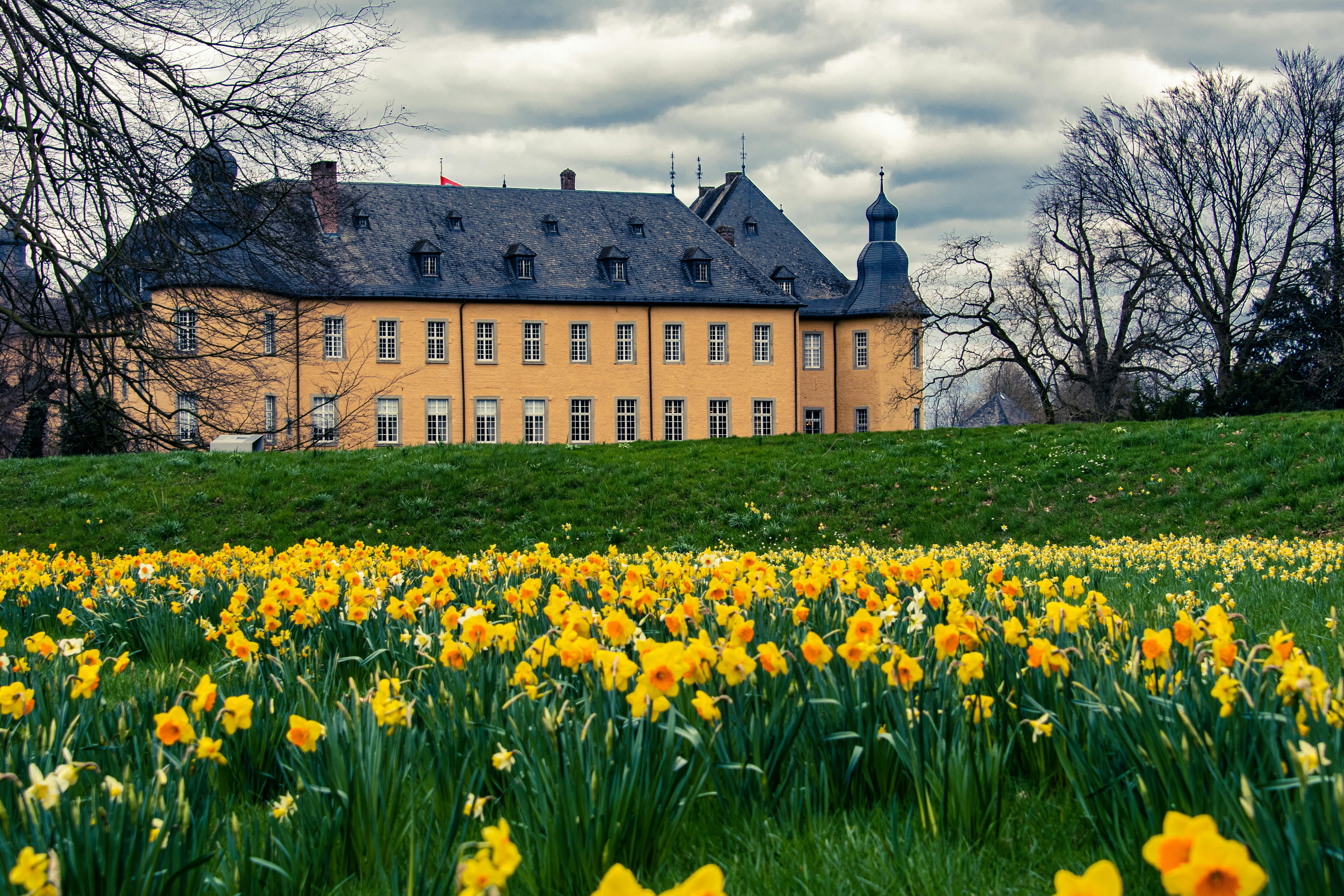A raised bed garden can be an excellent way to grow plants in a small space. With a raised bed, you can control the soil quality and drainage, making it easier for your plants to thrive. Building a raised bed garden is not difficult and requires only basic tools and materials. In this guide, we will walk you through the steps necessary to build a raised bed garden.To build a raised bed garden, you will need a variety of materials, including soil, lumber, hardware, and tools. For the soil, you will need a combination of garden compost and soil mix. For the lumber, you will need pressure-treated wood or rot-resistant wood such as cedar or redwood. You will also need hardware such as screws and nails to hold the wood together. Finally, you will need basic tools such as a hammer, drill, saw, level and measuring tape to cut and assemble the materials.
How to Choose the Right Location for Your Raised Bed Garden
Raised bed gardens are an excellent way to grow vegetables and herbs, as they allow you to customize the soil to your plants’ needs and create a more efficient growing area. Choosing the right location for your raised bed garden is key to ensure it is successful. Here are some things to consider when selecting the right spot:
Sunlight: Vegetables need at least 6-8 hours of direct sunlight for optimal growth. Make sure your garden will get plenty of sun throughout
Planning Your Raised Bed Garden
Planning the design of your raised bed garden is an important step in the process. You want to make sure that the size and shape of your garden will fit in the space you have available and that you are maximizing your yields. Consider what vegetables or flowers you’d like to plant, as well as how much space each type of plant needs. Additionally, think about which areas of your garden will get more sun or shade, as this will influence which plants can be grown in certain areas.
Calculating the Size of Your Raised Bed Garden
Gardening in a raised bed is an excellent way to make the most of your outdoor space. Raised beds provide an opportunity to create a garden that is easy to maintain, organized, and simply beautiful. Before you get started, however, it’s important to figure out the size of your raised bed garden. This will help you plan your garden layout and determine what kind of plants you can grow.
The size of your raised bed garden depends on a variety of factors.
https://images.pexels.com/photos/9116767/pexels-photo-9116767.jpeg
The Benefits of Growing Vegetables in a Raised Bed Garden
Raised bed gardening is an enjoyable and rewarding way to grow vegetables. It offers a number of benefits over traditional in-ground gardening, including improved drainage, fewer weeds, and better soil quality. Here are some of the top benefits of growing vegetables in a raised bed garden.
One of the biggest advantages of raised bed gardening is improved drainage. Because it is elevated off the ground, excess water can easily be drained away from the roots of your plants, which prevents

Topsoil and Soil Mixture for Your Raised Bed Garden
Creating a successful garden in a raised bed requires the right soil mixture. The mixture should provide adequate drainage and nutrients for the plants. Topsoil is the layer of soil on top of the subsoil and it is what most plants rely on for their nutrients. However, it may not be enough depending on the type of plants you are growing.
A good soil mixture for a raised bed garden should contain topsoil, compost, and other amendments such as peat moss, per
Preparing the Soil
Before planting anything in your raised bed garden, you need to make sure the soil is prepared properly. It’s important to remove any weeds or rocks that may be present in the soil and loosen it up so it can hold moisture. Add compost or organic matter to provide nutrients for your plants and help retain moisture. If necessary, you can also add amendments such as lime or sulfur to adjust the pH level of your soil.
Choosing the Right Plants
When choosing
Best Plants for Growing in a Raised Bed Garden
Raised bed gardens offer many benefits to gardeners, both beginners and experienced alike. These raised beds create a convenient and attractive way to customize your garden design and provide better drainage, improved soil quality and help control weeds. With this type of garden, you can grow a wide variety of plants. Here are some of the best plants for growing in a raised bed garden.
Herbs are an excellent choice for raised beds as they often require good drainage, plenty of sunshine and nutrient-rich

Conclusion
Building a raised bed garden can be an enjoyable and rewarding experience. With the right materials and a little bit of effort, you can create a beautiful outdoor space that will provide you with fresh produce for many years to come. Raised beds are also beneficial for the environment, as they require less water than traditional in-ground gardens, and can be designed with pathways that make it easier to get around.
Once you’ve gathered your materials, it’s time to measure and mark out your bed. Make sure to dig deep enough so that
